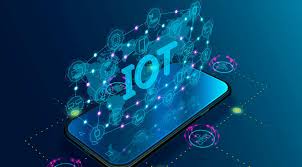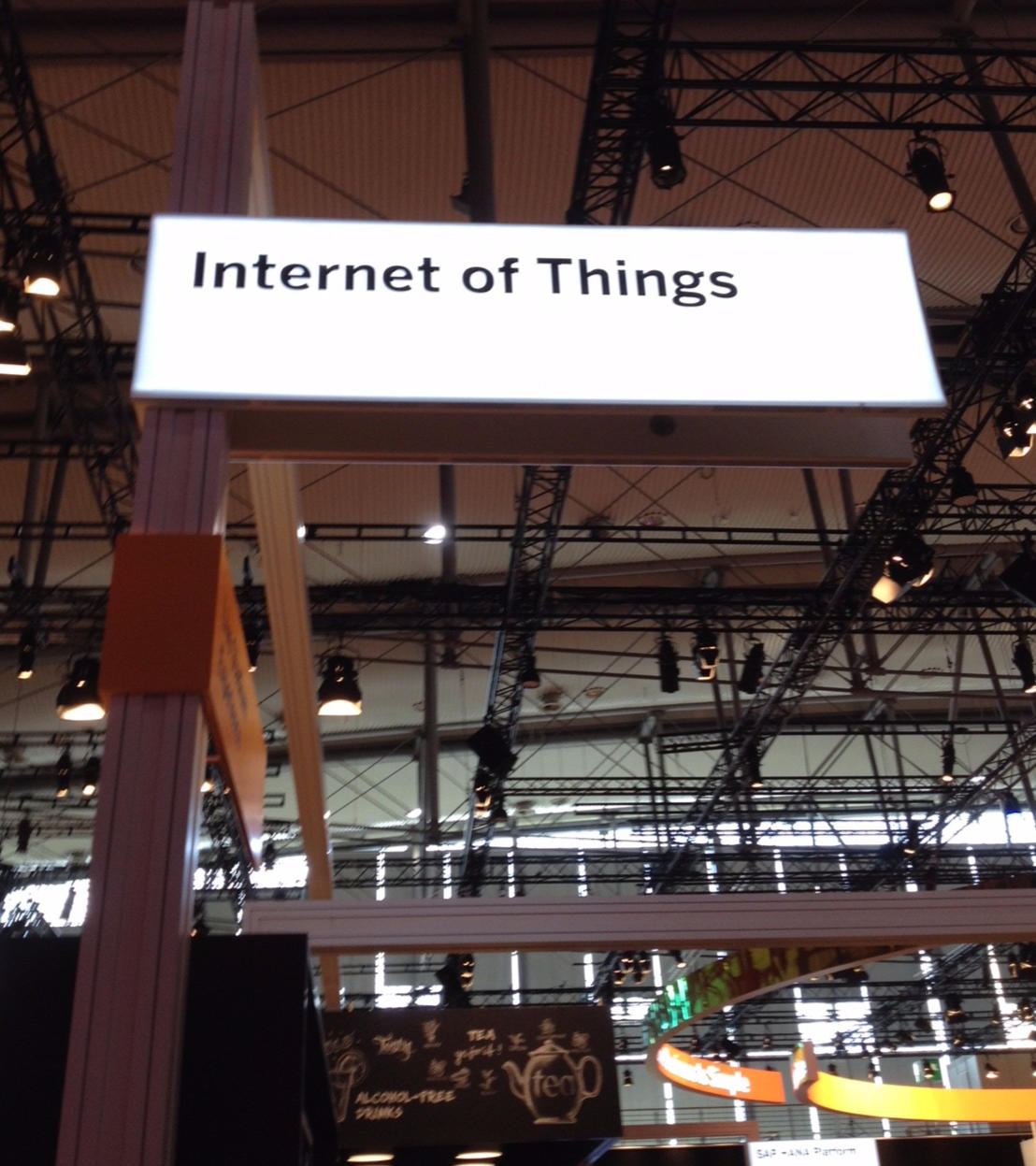Source: connectedremag.com
The Internet of Things (IoT) is rapidly becoming a digital transformation agent as the pace of digital transformation accelerates. While long established in certain sectors of the economy such as agriculture, aeronautics, transportation and logistics, it is rapidly being adopted in healthcare, facilities, energy, and manufacturing segments of the economy. In the process, applications of IoT are transitioning from discrete point solutions to platform-based approaches that integrate disparate machine systems with humans and human-based activities. Much like how steam motive power fueled the Industrial Revolution, the next generation of IoT systems are promulgating a unique “interconnectedness” of processes and systems, creating revolutionary pathways in the burgeoning digital economy.
Second Wave of IoT
Two industry segments serve to illustrate the profound impacts of the second wave of IoT: transportation and the environment. Today, each employ discrete arrays of IoT devices/sensors that are used for data acquisition and/or remote sensing capabilities. Examples of the former might be temperature and pressure sensors, while examples of the latter might be chemical and or biological processes. Although this approach works quite well for niche applications, it neglects broader opportunities as it relates to building an integrated and agile framework of IoT that is scalable, cost-effective, and multi-functional.
To understand why this is so, IoT networks are beginning to evolve into multi-functional “mini nodes” of a larger mobile edge computer network, fulfilling different roles such as robotic vision (visible and non-visible) and sensory acquisition (sensing, haptics, and other). In this new model, data networking connectivity is provided by a plethora of satellite (i.e., CubeSats) and/or terrestrial infrastructure solutions (near, local, and far), eliminating the need for traditional controllers and intermediary technologies, which hamper scale). Accordingly, the mini nodes are able to self-determine and self-organize their connectivity using Artificial Intelligence (AI) directives from the mobile edge network, thereby creating a hyper-meshed array of intertwined capabilities. The market advantages of this approach are that IoT becomes inherently agile, affordable (instead of individualized devices, a common base unit may be volume-manufactured device driving down cost), network agnostic (as elucidated above), and versatile, all of which promotes user utility and thus speed of adoption. Management, operations, maintenance, and provisioning of IoT services are dynamically fulfilled via this ‘meshed’ structure, creating resiliency, redundancy, and survivability that is not possible with the mini-networks of IoT systems today.
Many opportunities for different verticals
Disruptive business models are achievable by employing such transformative approaches to IoT. For example, in healthcare, patchworks of discrete wearables may be replaced by smart fabrics that provide holistic whole person wellness and health throughout all hours of the day and night, regardless of one’s location. In energy, integration of building systems with machine and human activities can be dynamically managed to create highly orchestrated services that reflect different user service profiles depending on the context of use. For instance, commercial real estate re-purposed depending on the local activities during specific periods of time. Last, in transportation, an autonomous logistics framework can be constructed providing numerous capabilities. For example, today’s early technology autonomous fleet management services delivering people and goods could conceivably expand to support an overlay network of autonomous drones via a highly choreographed hub and spoke topology, whereby drones dispatched from such local spokes serve as a ‘last mile’ for end-point distribution of goods.
The leaders will emerge
In conclusion, interconnectedness of IoT is promoting new opportunities to better align human and machine activities with their environment. This, in parallel with the availability of mobile edge computing and pervasive data networking systems coupled with cloud data management services is fostering new ways to address a broad array of challenges across myriad segments of the economy. It will be exciting to see market leaders in each of those segments respond to create new business synergies.


